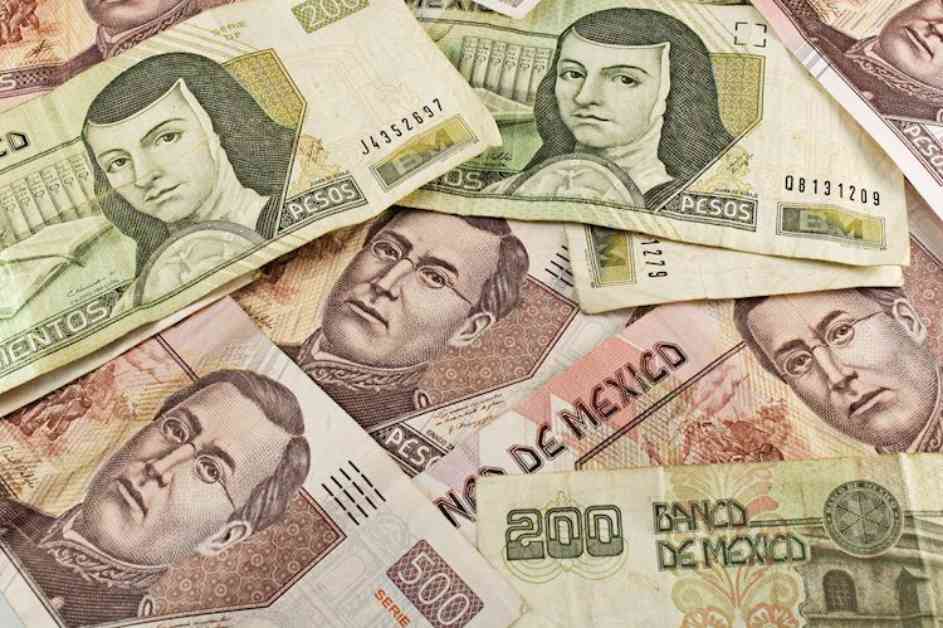The Mexican Peso has been trading in a tight range on Tuesday as it bounces back from the sell-off that occurred after the elections. President-elect Claudia Sheinbaum is working to reassure the markets with positive messages about the economy and the popularity of proposed reforms. The USD/MXN pair is gradually pulling back within a short and medium-term uptrend.
The positive risk appetite in the market, along with the recovery from the post-election slump, has led to the appreciation of the Mexican Peso. The US stock indexes reaching new all-time highs on Monday, especially in the tech sector, have contributed to the upbeat sentiment. This risk-on attitude creates a favorable environment for the Peso, which tends to perform well when investors are more willing to take risks.
The recent release of higher Mexican GDP Aggregate Demand and Private Spending data for Q1 has also supported the Mexican Peso. Aggregate Demand rose by 1.5% QoQ and 2.6% YoY, surpassing the previous quarter’s figures. Private Spending also saw an increase of 1.5% QoQ and 3.6% YoY in Q1, indicating positive economic growth.
On the other hand, the USD/MXN pair faced pressure from lower-than-expected US Retail Sales data for May and a downward revision of April’s preliminary estimates. Currently, one US Dollar buys 18.34 Mexican Pesos, with EUR/MXN trading at 19.69 and GBP/MXN at 23.29.
Despite concerns about the proposed reforms by the new left-leaning coalition government, the Mexican Peso is showing signs of recovery. President-elect Claudia Sheinbaum’s efforts to calm investors by highlighting the strength of Mexico’s economy and the public support for the reforms have helped stabilize the currency.
Technical analysis suggests that USD/MXN is still within an uptrend, with a potential target of 19.22. The Relative Strength Index (RSI) indicates a possibility of further correction before the uptrend resumes. Overall, the short and medium-term trends for the Mexican Peso look bullish.
The Mexican Peso is influenced by various factors, including the performance of the Mexican economy, central bank policies, foreign investment, remittances, and geopolitical trends. Maintaining low and stable inflation levels is a key objective of Mexico’s central bank, Banxico, and interest rate decisions play a crucial role in shaping the value of the Peso.
Monitoring macroeconomic data releases is essential to gauge the state of the economy and its impact on the Mexican Peso. A strong economy, supported by high growth and low unemployment, is positive for the Peso. However, weak economic data can lead to depreciation of the currency.
In conclusion, the Mexican Peso’s performance is closely linked to market sentiment, economic data, and geopolitical developments. Understanding these factors can provide insights into the future movements of the Peso and help investors make informed decisions.













